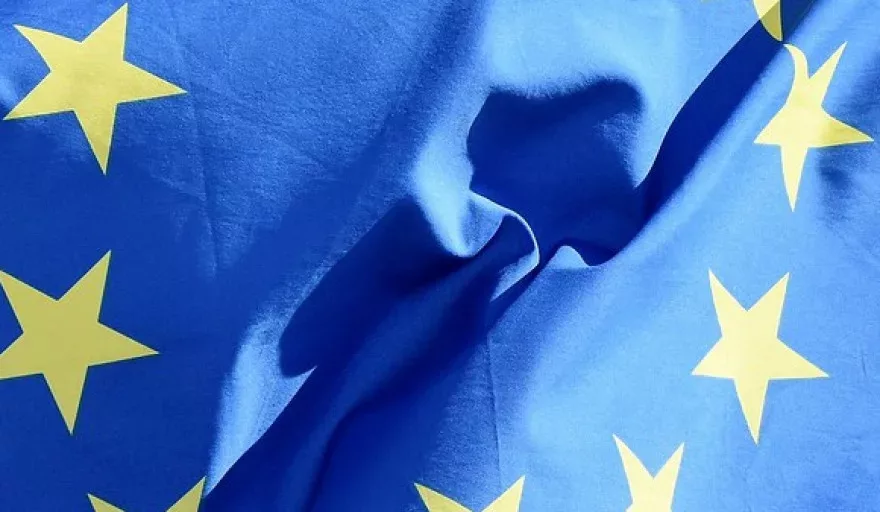The Southern Gas Corridor (SGC) is one of the most substantial oil & gas projects that has ever been seen.
Inaugurated by Ilham Aliyev, President of Azerbaijan in the country’s Sangachal terminal at the end of May, construction of the SGC is now officially underway.
Set to become one of Europe’s largest pipelines, the Sangachal facility is the first in a line of terminals across the continent that will be extensively supplied with gas from the BP-operated Shah Deniz field in the Caspian Sea – a major gas resource base that is closely associated with the Southern Gas Corridor.
Comprised of several separate pipeline projects, the SGC will include an expansion to the existing South Caucasus Pipeline (692 kilometres) alongside the construction of the Trans Anatolian Pipeline (1,841 kilometres) and the Trans Adriatic Pipeline (878 kilometres), spanning a total 3,500 kilometres across seven countries.
The corridor will stretch from the Caspian Sea, through Azerbaijan and Georgia, with the Trans Anatolian Pipeline then splitting in western Turkey where one route will lead to Southern Italy via the Trans Adriatic Pipeline, whilst the other will travel up through Eastern Europe, connecting to the Nabucco West Pipeline.
With an estimated price tag of more than $40 billion, the entire project is expected to provide 10 billion cubic metres of gas (bcm) to the continent annually, with scope for this to rise to 100 bcm per year in the future.
Diversification and Security
The SGC will be key for the EU in achieving two of its major long-term goals within the oil & gas market – providing greater security and increasing the diversity of Europe’s energy supply.
Outlining its energy strategy in June of last year, the European Comission stated that it is “committed to the Energy Union objectives, including energy security. The priority is to create a well-diversified and competitive gas market. The work to consequently dismantle barriers to trade and supporting critical gas infrastructure is ongoing.”
As has been outlined by the EU within its European Energy Security and Energy Union strategies, the pipeline project offers outstanding potential for solving the region’s current predicament of reducing its dependence on imported gas.
According to statistics supplied by the EU, approximately 54 percent of the EU’s gross inland energy consumption comes from imported sources.
With this in mind, the EU has pledged to place any existing and future projects surrounding the SGC on the Projects of Common Interest list that stands to offer unrestricted benefits such as streamlined permitting processes and preferential regulatory treatment.
Solving Scepticism
The continent’s dependence on imported oil has long been a source of apprehension for the EU, particularly in regard to its reliance on Russian assets.
According to EU statistics for 2015, Russia supplied 27.7 percent of extra crude and 29.4 percent of extra natural gas imports for the 28 member states – percentages that provide some insight into the political and economic leverage that this provides the country.
Despite still being high these figures have fallen since 2005, with Russian imported crude oil and natural gas down from 30.5 percent and 34.6 percent respectively.
This fall can largely be attributed to the range of alternative investment initiatives that have been pursued by the EU after it laid out a €5.35 billion budget for trans-European energy infrastructure projects under the Connecting Europe Facility.
“The Energy Union diversification strategy develops around priorities such as the implementation of the Southern Gas Corridor, the development of a liquid gas hub in the Mediterranean and through promoting access to liquefied natural gas and gas storage for which the Commission adopted a strategy in February 2016,” the European Commission states.
One such example is where the EU awarded a €101.4 million grant to the development of a new LNG terminal in Krka, Croatia, a project that will operate as an offshore floating storage and regasification unit with an annual capacity of two bcm.
Speaking during this announcement in December 2017, European Commissioner Miguel Arias Cañete said: “This investment will not only allow for the supply of natural gas to Croatia and Hungary; it will also increase the diversification of energy sources of Central and South Eastern Europe, and give an economic lift to the region.”
Further, between 2005-2015, the EU’s production of renewable energy alternatives increased by 71 percent, driven by both increasing emphasis on clean energy and the falling cost of investments.
Moving forward, the SCG is not only expected to continue this trend but also play a major part in providing key alternatives and accelerate the reduction of the EU’s dependence on imported fuels, ensuring that one of the continent’s vital energy sources can be reliably accessed for decades to come.


































